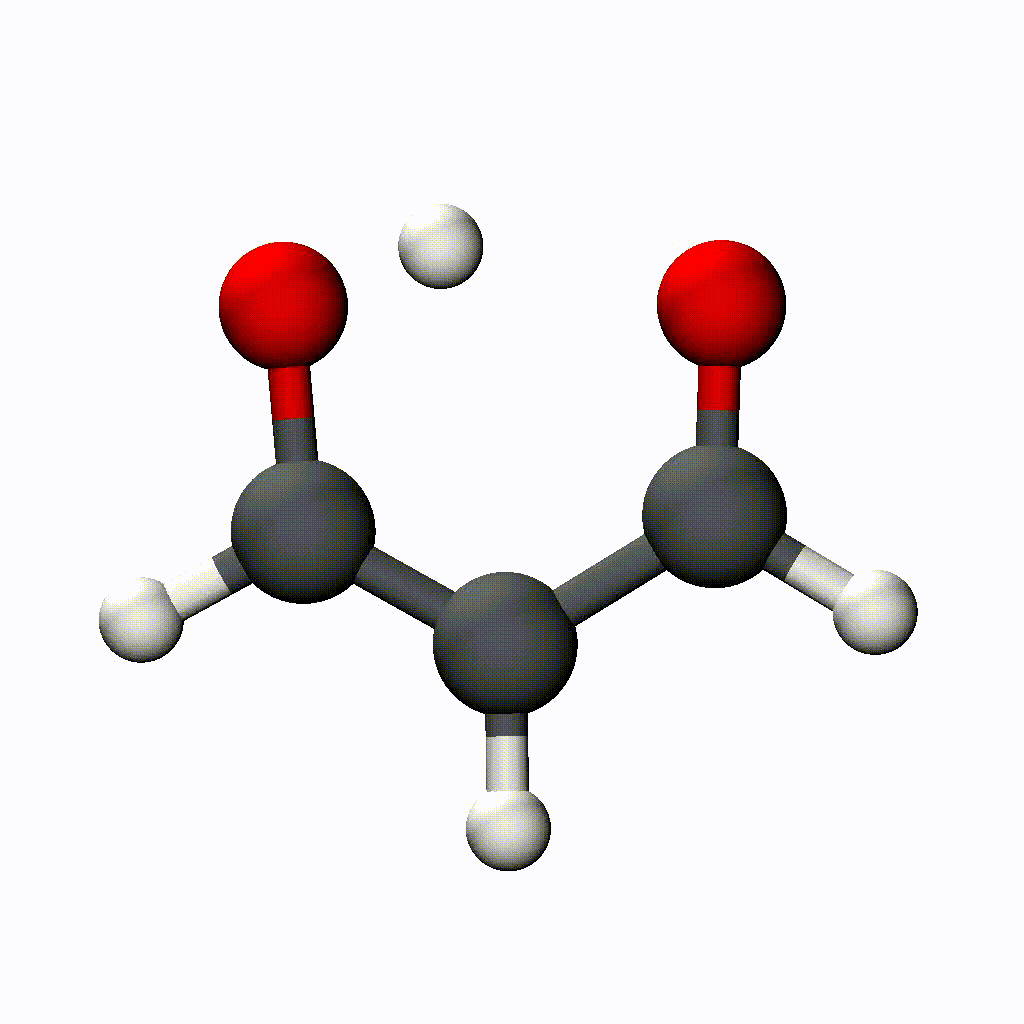Understanding the tunnelling in molecules with classical trajectories and rigorous asymptotic analysis.
We introduce a new approach for calculating perturbative corrections to the ring-polymer instanton approximation to tunneling splittings (RPI+PC) by computing higher-order terms in the asymptotic expansion in ℏ. Our method improves upon the existing instanton theory approach by using information on the third and fourth derivatives of the potential along the tunneling path to include additional anharmonic effects

In molecules where there are degenerate potential energy minima, tunneling between these minima leads to a splitting between otherwise degenerate rovibrational eigenstates. Instanton theory provides a way to calculate these tunnelling splittings by considering an expansion in ℏ of an exact path integral expression around the optimal tunneling path (the instanton). It therefore also gives an intuitive picture of the tunnelling process in terms of the instanton trajectory – a classical trajectory on the upturned potential.
RPI+PC demonstrates significant enhancements in both low-barrier systems and systems with anharmonic modes. To validate its effectiveness, we applied our method to compute the tunneling splitting in malonaldehyde and a deuterated derivative, which are representative molecular systems. When compared to experimental data and recent quantum mechanical benchmark results, our perturbative correction reduces the error from -11% to 2% for hydrogen transfer, and performs even better for the deuterated case.
Notably, this makes our approach more accurate than previous calculations using diffusion Monte Carlo and path-integral molecular dynamics while being more computationally efficient.